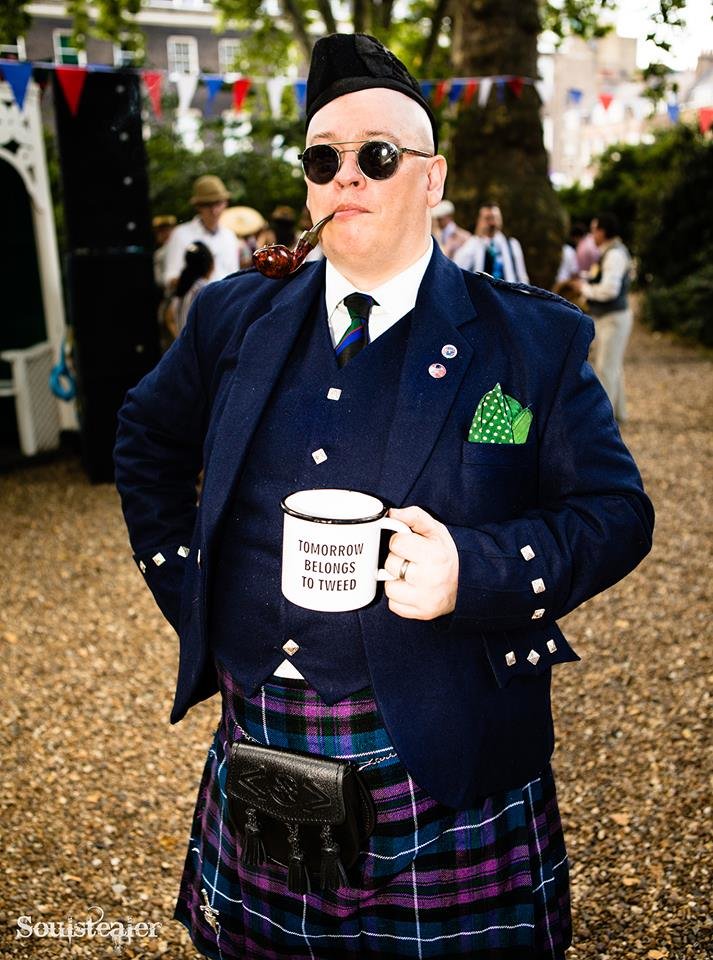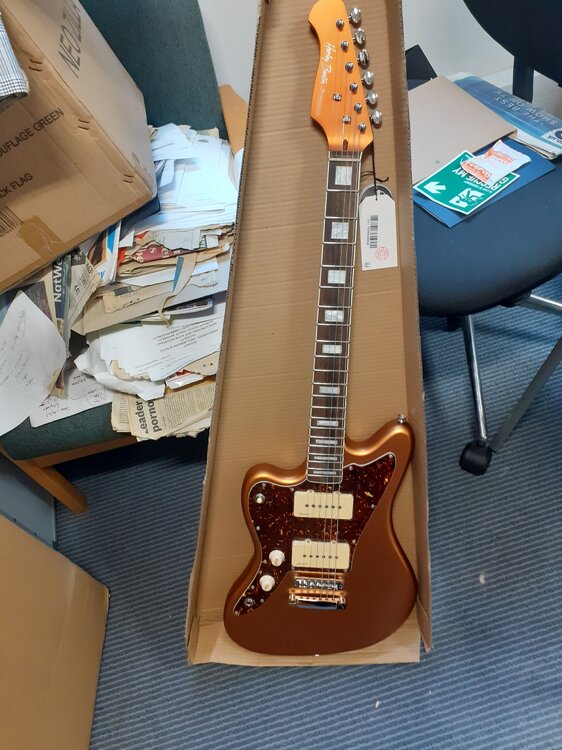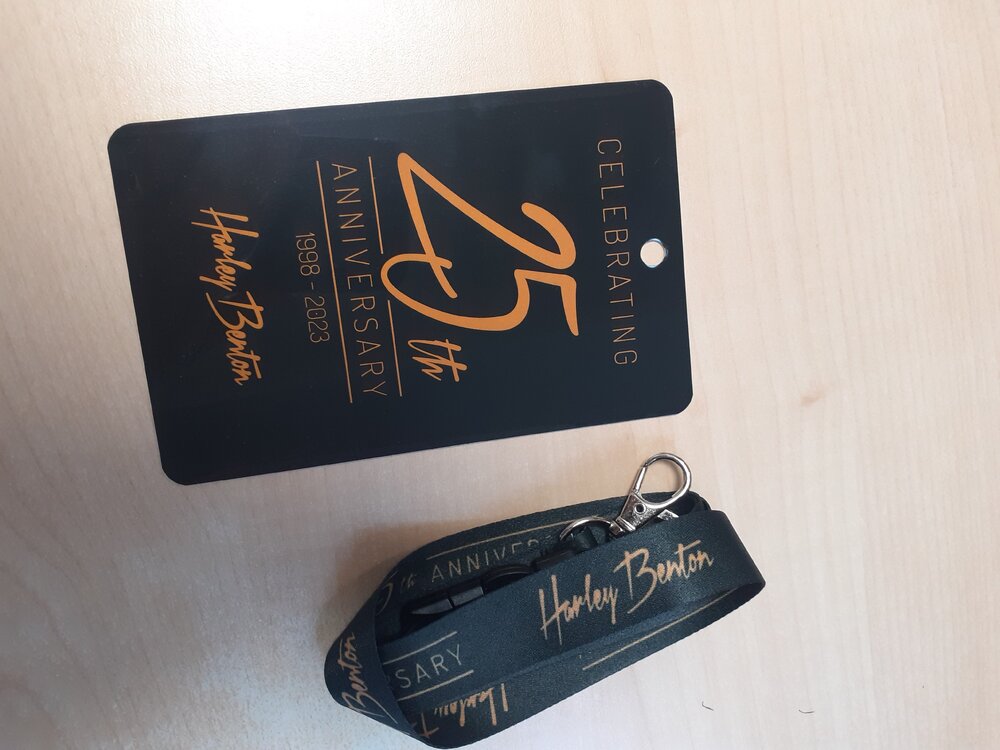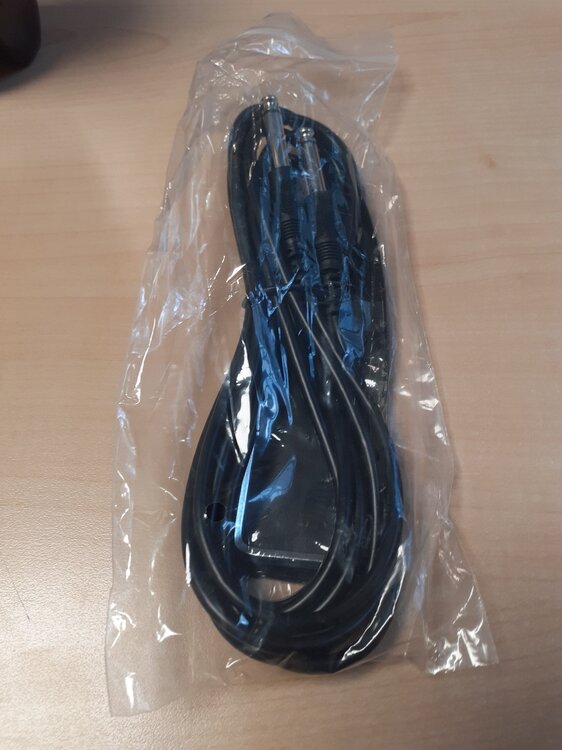-
Posts
819 -
Joined
-
Last visited
-
Days Won
92
Content Type
Profiles
Forums
Events
Shop
Everything posted by EdwardMarlowe
-
I'm looking for a wiring diagram for a Strat for a three-way switch instead of a five.... but not the conventional wiring. Realised recently all I really use on my old Strat are positions 2 and 4, and I wish it had the option for neck and bridge together. Considering picking up a HB ST62 to experiment with, and wiring it for three positions: neck and middle, neck and bridge, middle and bridge. Anyone ever seen this done?
-
STOP.... http://madisonchasefitness.com/wp-content/uploads/2011/12/MC-Hammer.jpeg GRAMMARTIME!
-
Eh... well, which Hendrix fuzztone do you want? Jimi used a few different ones across different albums. Worth narrowing down which exact tracks using fuzz are what you're after. Andertons have a decent blog on the general Jimi sound here - https://blog.andertons.co.uk/sound-like/sound-like-jimi-hendrix - though it's not much help on narrowing down the fuzz if it's a very specific one you're after. If you want to experiment with a range of different Big Muff sounds (Jimi used an EH Big Muff later on - I think from memory Band of Gypsys era?), the Mosky Big Fuzz might be worth a try - several different variation on the BM sound in one box - https://guitarmetrics.com/products/mosky-big-fuzz-guitar-effects-pedal If budget is not an issue, go straight to the source: https://www.roger-mayer.co.uk/rockets.htm Roger Mayer was Jimi's studio guy and personally work on / modded all Jimi's pedals. These are a step up again in price from anything labelled with Jimi's image, however if you really want a very specific Hendrix fuzztone (as opposed to a general 'sounds like Hendrix' approach), imo you'll be a lot more certain of getting it with this for a bit more money than the many Jimi pedals that to my ears don't sound massively different than any other, generic sixties fuzz sound -at least not stripped of the context of absolutely everything else matching Jimi's gear. If it is a more general Hendrix tone you want, though, in truth most any half-decent, Sixties-sound fuzz will do the job. The biggest challenge with fuzz I always found is taming it enough for it to be useable: less is always more. Dial it right back to basically 'clean boost' and add in from there. To my ears - ymmv - Jimi never had quite as extreme a fuzz effect going on as we often assume.
-
And here it is!!! Set up is lovely, and it was practically in tune (I will have to get used to the locking tuners). Frets feel like a tiny polish on top needed, but playing in will deal with that. Neck is gorgeous, and I love the firemist colour. Either a very, very almost imperceptibly tiny ding on the headstock, or a miniscule imperfection on the headstock finish, but that's the sort of thing it'd get in a few days' use with me, so.... Overall, a stunning piece. The gig bag is surprising good, much higher quality than I expected, and the 25th logo inside it is a nice touch. Highly recommended. I still hope they do 5his soec in the CC colours going forward, as a DLX model.
-
.thumb.jpg.2f0f241a63381e5644f287abacd76760.jpg)
Are all new guitars good now, even the cheapest ones?
EdwardMarlowe replied to YnJ's topic in Guitars
and even those were a huge step forward in their day. There was one year when the Sidewinder markedly outsold the Squier in the UK - and Squier seriously upped their game after that. The next big leap was when Yamaha put out the Pacifica 112 with a solid wood body. Remember the ad campaign which showed the butt end of a Yamaha and a competitor (impliedly a Squier) with the paint scraped off showing the 'brand x' was ply, and the Yammy solid? Caption - "Just ask them if it's available in a natural finish" or similar... IMO, that's when Budget brands really started to step up their game. The next big leap was when they started to aspire to produce budget instruments for the long term player, even performer - not just beginners. I see Vintage (started off as a premium version of an Encore) are now styled as "quality guitars for the working musician", and really expanding their endorsee-user base. That sort of rethinking the "budget" concept - along with HB disrupting the model to provide so much more for a lower cost to the end consumer - is really light years away from the days of the Sidewinder. (I'd love to give one of those a go now, see if they're as playable as I remember!) -
Tanglewood are great - I've played and owned Tanglewood guitars, banjos, and a couple of their electrics at one time and another. All good stuff. The electrics were "impressive for the money" in their original 'budget brand' days, but I think they've dropped them entirely since they took off with the acoustics as of about twenty years ago. HB I hear good things about. There's also a bit of buzz about an American brand called Orchard, though I don't know if those are distributed over here yet.
-
Nice! I've owned three acoustics in the past - two dreadnoughts (still have one, a Tanglewood) and a bowlback (also a Tangelwood; it's at my parents house in the Old Country and will be sold next Spring). I want something small, parloury - something robert johnson might have played. Got my eye on the Recording king Dirty 30s on Thomann, though also really fancy one of these:
-
That's a plus if they can be dialled out... I remember back in the day when most multiFX units were like the Nokia 3210 - forty odd ringtones you were stuck with, mostly crap, and only one slot for your own....
-
LOTS of backcombing..... or that thing with rubbing your palms on it - didn't you do that at the YM gig waaaaay back? Or was that Robert Smith you were going for then.... If anyone could tell *me* how to get hair like that now I'd be even more impressed.
-
I've gone the same way with pedals - wanted all of them, an all-singing, all dancing amp.... eventually realised I'm happiest with a decent amp that does the mostly clean thing well, then pedals for OD/boost, tremolo, reverb (if not built in to the amp), echo. Also learned along the way I don't like heavy distortion, just a good crunch - and that most of the really great sounds on record are a lot less distorted than you assume when you start.... In terms of these two, I'd be inclined to keep whichever was less replaceable. Ultimately, there are eleventy million good and inexpensive TS-808 clones out there these days if you wanted that sound again, and it sounds like that's the one you're really finding less use for. Equally, though, a pedal takes up very, very little storage space, so if you don't need to sell it for the money, it's not the end of the world to have it in a box.... I've kept all my old pedals, even though a lot of them I'm unlikely to really use much/ at all. Boss BF-3, DOD Phasor, JD Crybaby.... The one I'm told could pull in a surprising amount of money is my Sovtek-Electro Harmonix Big MUff Pi. Bought that new back in the early 90s - mint condition, still got the wooden box. I decided to keep my pedals around, though, because even they're not part of my core sound now, I might want to play around with them someday. I don't have a lot of use for the phaser now, but I love the subtle way Steve Jones used his MXR 90 on Never Mind the Bollocks; I might pull that out sometime if I'm feeling uninspired, and... Just a thought!
-
I've not yet tried anything NUx, but I've heard a lot of good buzz about them. For a Klon Klone, I have the Mosky Golden Horse minipedal. Paid something around £25 for it a year or two ago, a lot of fun and seems solid, though I don't gig so. They've expanded the line, the Silver Horse is the same minipedal format but has a switch to vary the 'voice', while this bigger option gives a bigger variation again - https://www.moskyaudio.com/product/product-14-436.html At the price they go for (sub £40), worth a shot...
-
Just been notified my JA25th is about to ship!
-
Some great amps in the Silverface era, though I suspect it might be a while before they're seen as bring as desirable, sufficiently so for the Tonemaster series.
-
.thumb.jpg.2f0f241a63381e5644f287abacd76760.jpg)
Are all new guitars good now, even the cheapest ones?
EdwardMarlowe replied to YnJ's topic in Guitars
Oh, if I was a vastly better player, I'd have the Twin Reverb model already. It's an amp that crops up again and again among players i really like - Chuck Berry, Keef, Steve Jones; I have heard it said that Johnny Ramones used one at some point during early Ramones recordings. I completely agree on the Champ. I suspect what it boils down to is they are aiming these amps at gigging guitarists who want an amp that completely looks the part, but is more convenient / lighter / w.h.y. Yeah, they have a built-in attenuator, but I think the design intent is "practice at home on the amp you gig" rather than "play a classic amp at home volumes" in and of itself. The Champ might have to wait until a lot more players are using amp-alternatives, and just want a small box they cam play like a trad amp at home, or plug right into the PA at gigs. The lineup overall has a glaring hole in terms of lack of tweed, though. A Tweed, 57 Twin in Tonemaster form would be outstanding, though I suspect they might be more likely to go with a Bassman first. The Tweed Twin would, I should have thought, be an easier one to put together by tweaking the blackface version, but I can see the Bassman perhaps being more obvious from the commercial pov. -
I've got a stereo amp, the Vox AD120VT. Original, blue cloth version with the big 2x12 box. Same size / form factor as an AC30. The stereo effect is surprisingly pronounced despite the speakers being so close together. It does have the advantage of convenience - one box, not two. There's also consistent balance across the two channels - though obviously if you want a deliberate effect of two very different sounds, then two amps is still your birdy. For recording, as you note, there'd be no difference - it's all about mixing the channels. Live, if you're going through a PA would be much the same - even miking, just mic up the two speakers separately. For the most part, it makes little odds to me - I don't care about the sort of effects that benefit from the stereo function - indeed, at some point I'm going to sell the Vox on because I prefer a much simpler amp, and I barely use the vast majority of its functionality, just set it two Twin Reverb mode and dial in a little break-up.... it's wasted one me.
-
Yip, both still around. I managed to find the Mosky website, and that indicates that's exactly the difference - the additional switch with two different voices. There's also now the Mosky Markman - a bigger pedal (M-series) with the voice toggle and four different modes on it: https://www.moskyaudio.com/product/product-14-436.html Couple of other interesting options in that series too - a RAT type and a TS9/TS808. I'm not aware of different versions of the Klon having been made, but I know both of those came in different variants. It's a nice idea to have one box that lets you play with all the options. Be interesting to see if they do one that mimics the four or five different varieties of the DA FuzzFace.
-
.thumb.jpg.2f0f241a63381e5644f287abacd76760.jpg)
Are all new guitars good now, even the cheapest ones?
EdwardMarlowe replied to YnJ's topic in Guitars
Interesting link here - https://www.gearnews.com/fender-telecaster-vs-harley-benton-te-can-you-tell-the-difference/ Direct comparison between a high end Fender and the Harley Benton TE-52. While I would think it madness to suggest the two are interchangeable, the difference between a good, cheap guitar and a great, expensive one is definitely much narrower than was the case thirty years ago. FWIW, in this blind test, dealing with sound alone.... I was very much impressed by both guitars. I did have a definite preference of the two - which I thought to be the Fender, but it was actually the HB. -
Yeah, it's definitely still a 'gear needed' vibe, though easier to transport? I supposed the other thing is whether the venue PA can provide anything amounting to a monitor - if not, that's classically been when the amp is useful... which goes back to your idea of the Tonemaster Champ.... I've just become aware of the Fly, fwiw. I was initially wary given the web buzz makes so much of the company's origins with guys who struck out from Marshall (Marshall make great stuff, it's just not for me - I'm very much a Fender-style amp guy), but the Fly looks like it might be well worth me looking into. I quite fancy the extension cab version, even if it does somewhat reduce the point of it being so portable.... The white / blonde one is really nice.... I did so want to love the Fender Mini 57. It knocks the socks off everything else for looks, but soundwise all the vids I've seen it can't hold a candle to the Fly. I've heard very good things about the Bluescube amps as well - pity they didn't include some sort of on-board attenuation, but then if they were shooting for the gigging musician as target market, I can see why...
-
The price is the kicker indeed. For those of us used to buying non-tube amps at a much lower price, these do look pricey. I suppose the other way to look at it, though, would be that they're markedly cheaper than the all-tube original amps they have - e.g. c/f the 'normal' Twin Reverb with the price of the Tonemaster... so if the alternative was looking at those, then it is a saving. I'd love to know the cost difference to Fender in production and how that works in to their pricing strategy, given that there's still obviously R&D costs to factor in to the Tonemasters as they're fairly new, whereas the tube circuits they've been building for decades.... If it gets popular enough, I'm sure we'll see it filter down to more affordable options, in the same way that thirty odd years ago or more Peavy turned out their own range of tweed amps at a very competitive price vs the Fenders. The Vox 'nutube' tech is interesting as well, I'm intrigued as to whether that will take off. I don't know anything much about the tech and how it works, though giving the player the notion at least that there's a sort-of direct equivalent of the traditional tube in it might help persuade some of the 'four legs good, two legs bad' crowd. The other question of course is how long the idea of the traditional amp lasts for live use. I'm hearing of more and more players going the 'amp sim pedal to PA' route. The sort of Champ you describe could be a really great way of marketing that sort of convenience with the idea of 'authenticity' bundled in. What the really big artists are doing will, of course, reman influential...
-
.thumb.jpg.2f0f241a63381e5644f287abacd76760.jpg)
Are all new guitars good now, even the cheapest ones?
EdwardMarlowe replied to YnJ's topic in Guitars
I'm hoping that I live long enough for Fender's patent to expire on the Tonemaster modelling circuits, and HB step up with a tweed 50s Twin. Money no object, I'd buy the Fender Tonemaster Twin Reverb, and then agitate them for the Tonemaster tweed Champ & tweed Twin as well.... dream amp stuff. -
It has all the hallmarks of a Matsumoko design! I love it.
-
No direct experience, but I have my fingers crossed they do a left handed version of the 12 string Bendoline.
-
So, Modkey make grwst, cheap mini pedals. Impressed with their Klon Klone "Gold Horse", I see it has now been replaced with the "Silver Horse". Anyone tried both?
-
What it says on the label. I'm interested in what other folks want in an amp of any sort that isn't on the market yet (no reason other than a discussion - alas I'm not in a place to make it happen!). I'm not opposed to valves per se, but equally, I've never been a tube purist. If it sounds good, then it is. I absolutely welcome the idea of an alternative tech that can't be distinguished from tubes, on the basis that that isn't just "reinventing the wheel". It would bring a lot of other benefits - lighter to carry around, more manageable volume, and, well - I don't think tubes are going to be around at an affordable price forever. But the practicality of carting it around and convenience go a long way for me. I've said for a long time I'd welcome a good modeller that instead of offering eleventy million different sounds did one sound really well. I have a big Vox AD120VT. Gorgeous sound, as good as any of what it knocks off, BUT I've only ever used one or two sounds from it. I don't like onboard effects. I use effects less and less nowadays (I'll keep all my old pedals, but really all I want now is a decent, classic od, clean boost, tremolo, and echo/reverb). 99% of what the Vox can do is wasted on me. Fender have in more recent years produced what appeals to me in their Tonemaster series. Of that lineup, the Twin Reverb really appeals - money no object, I'd have one of those already, and be waiting to jump on the Tweed Twin and Tweed Champ versions as they arrive. That's the sweet spot for me. With that sort of tech here and new models on the way, my thoughts have turned to tiny, on the go practice amps. The killer app for me now would be something the size of the Positive Grid Spark Go, but simpler. Sounds like a Tweed Champ, decent volume (The PGSG does have the right volume level for me), headphone socket, and a 3.5mm line in. The Go sounds great, but it's got a lot of functionality I'd never use. The bigger strike against it is the lack (if I've picked up the spec right) of a 3.5mm line in. I'd like something that could be a hotel room amp sort of thing, but also function as an external speaker for my mp3 player and tablet on the go. Both of these devices do have blutooth, but I vastly prefer to use a 3.5mm cable instead, which makes a very marked difference to battery life. So that's what I'm waiting for happening in the amp market: a pocket-size, 1 watt Fender Tonemaster Champ with 3.5mm line in and a line out. Given the leaps and bounds in tech since I got my Smokey amp twenty plus years ago (still fun, but not a 'serious' amp, more of an effect than anything), it should surely only be a matter of time?
-
.thumb.jpg.2f0f241a63381e5644f287abacd76760.jpg)
Mistaken Identity: Guitar Edition
EdwardMarlowe replied to EdwardMarlowe's topic in General Discussion
I suspect EJ himself is the only one who could hear the difference... Man has the ears of a dog.














